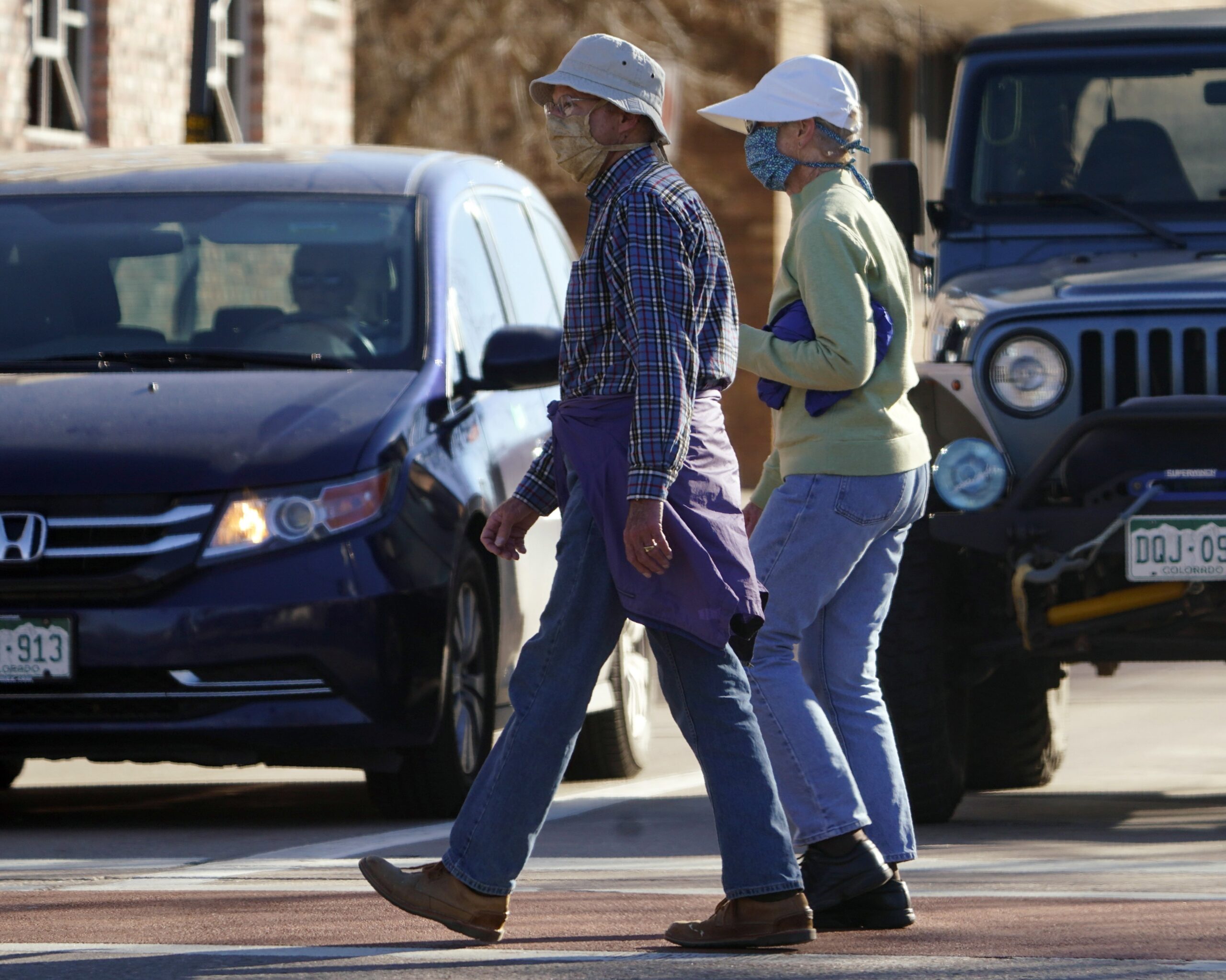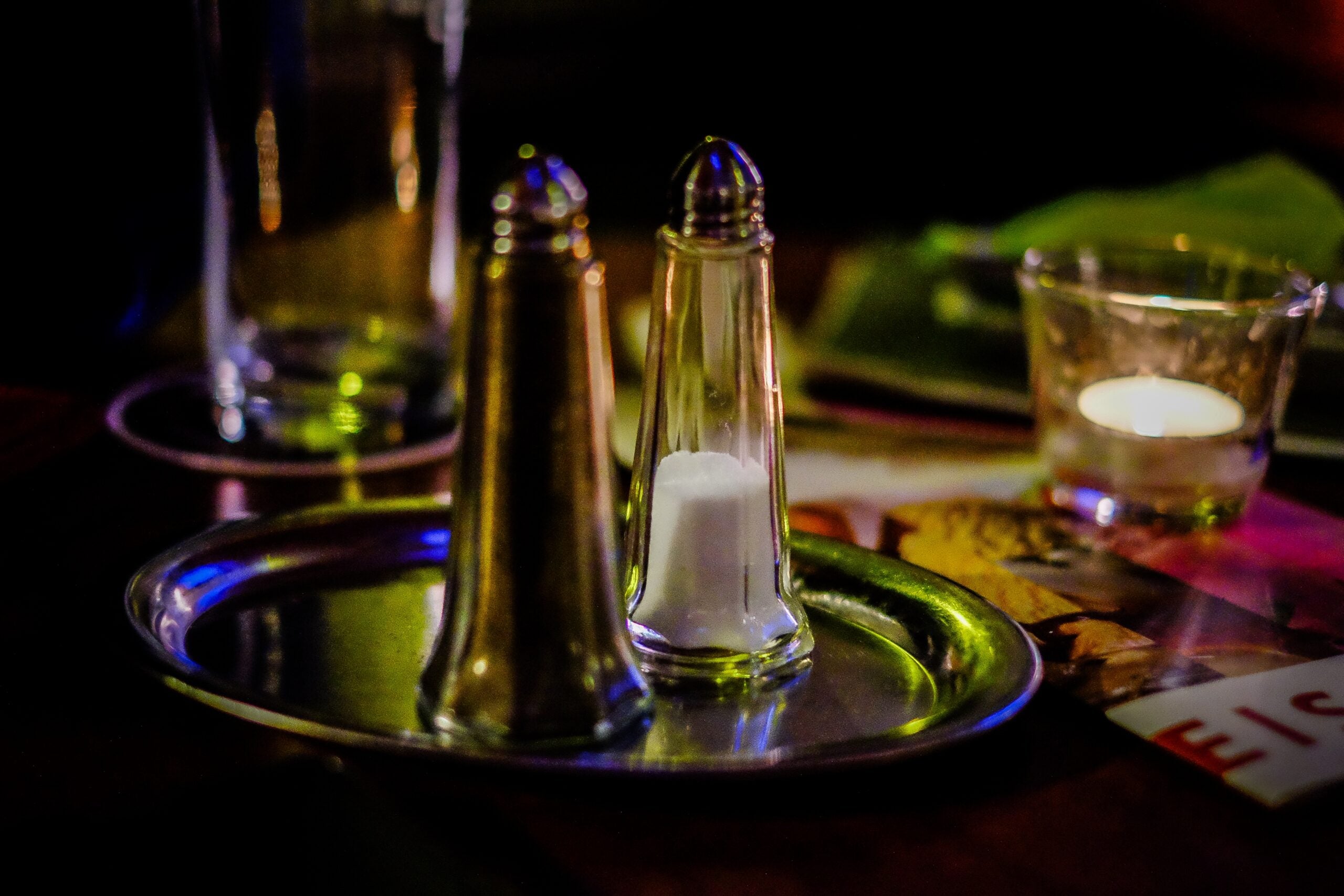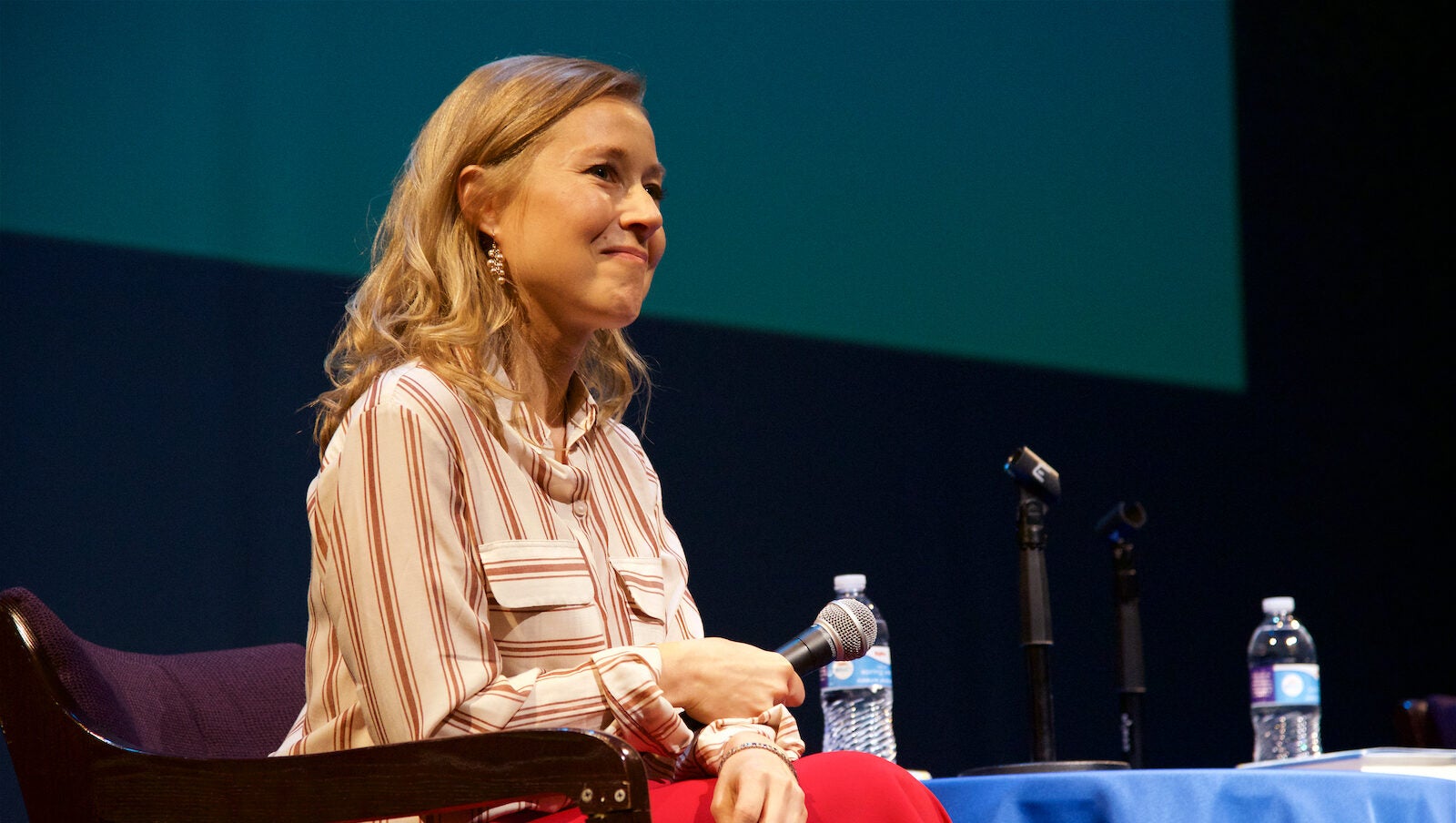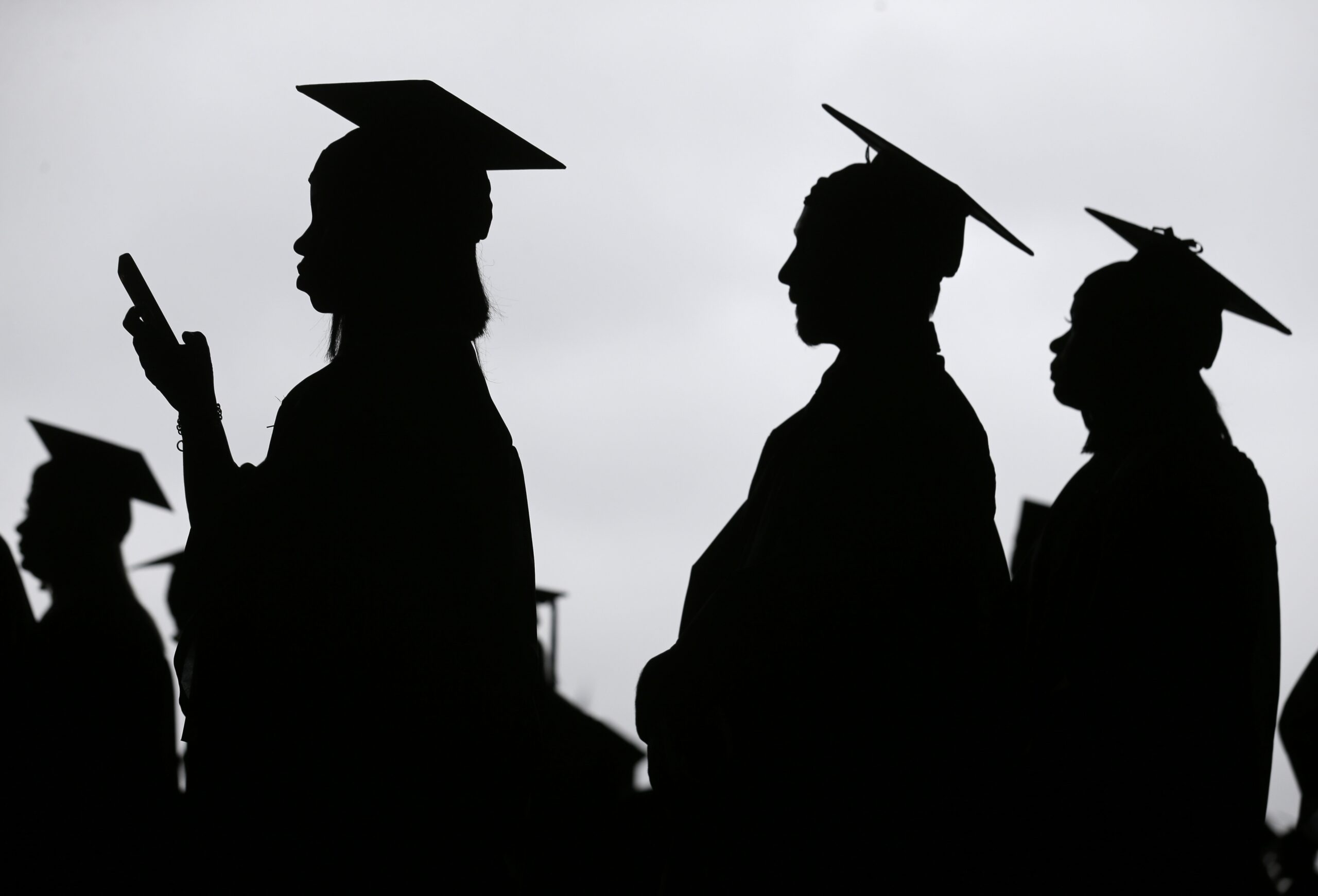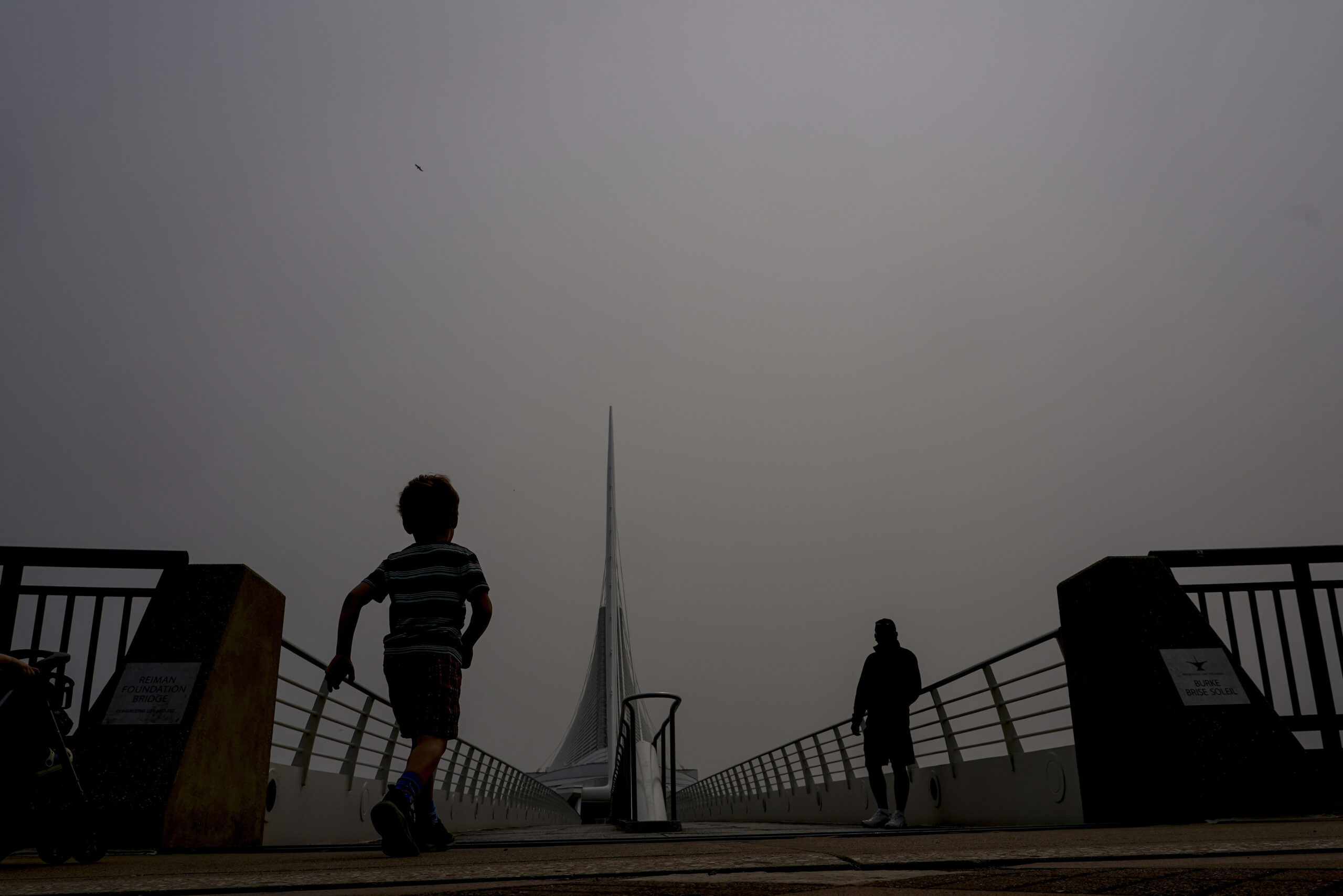The advice from public health experts today is the same as it’s been all year: to slow the spread of the coronavirus, wear masks, wash your hands and physically distance from anyone outside your household as much as you can.
The current explosion in the state’s COVID-19 cases makes this more important than ever, as does the fact that many households are now back in school and the office, and considering in-person gatherings for Thanksgiving and other holidays.
Ajay Sethi is an epidemiologist and associate professor in the Department of Population Health Sciences at the University of Wisconsin-Madison.
Stay informed on the latest news
Sign up for WPR’s email newsletter.
He spoke to WPR about what it takes to minimize our risk of catching or spreading the virus at this moment.
This interview has been edited for brevity and clarity.
Brady Carlson: Hand-washing and masks and distancing are still effective — for those who are going to physical workplaces, or whose kids are in classrooms, is there anything else they should do, say when they get home at the end of the day? Or is it just about sticking to those basic precautions?
Ajay Sethi: For one thing, it’s really important to minimize the amount of times that you leave the home. No doubt, with kids in school (and) a lot of people work in industries that provide essential services, so they can’t work from home. Apart from those, trying not to take unnecessary trips outside the home is really important, because every opportunity where you’re exposed to somebody outside your household is another opportunity where you may become infected. So, really, not doing any of those non-essential trips is really vital.
BC: When the pandemic first started here, spring was getting underway and the weather was getting warmer. Now it’s November, it’s getting colder, and there are going to be fewer people getting together for socially distanced walks or bike rides or backyard cookouts. Is this a time where, if you and your friends aren’t up for socially distanced snowshoeing, if in-person gatherings are too dangerous, is it a time to say, well, see everybody in the spring?
AS: It is a challenge. It’s easy to say everybody should stay home, but we are social creatures; we need some interaction with others, especially if you have a small household or live alone. The isolation can be very difficult and daunting.
There are other ways to socialize. Pick up a phone, give somebody a call. Not everything has to be a video conference, of course, but that also helps, just to be able to see somebody visually on a screen, if you’re able to do that. I’ve heard from friends that they’re making a commitment during the holidays to write a letter to everybody in their address book, just as a way to feel that connection. And who doesn’t like receiving a letter from a friend?
Finding more creative ways to be social is really important, because it’s also very important that we stay at home and not be in physical contact or near anybody who lives in a different household.
BC: Where’s the line between being creative and doing something risky? Where I live, school is all-remote, and kids see each other online, but they understandably want to make friends and have masked playdates — is this also just a time to emphasize those other ways of connecting rather than in-person?
AS: Yeah, and also just maybe minimizing the circle of friends. When it’s completely unavoidable — kids do need their social interactions, it may be hard for them to understand why it’s important to be isolated — we certainly hear of families who form these pods. It’s not safe, but it’s safer than not doing these deliberate things to try to minimize your risk. The fewer the people, the better.
We sometimes think very binary, that something’s either good or bad. But the reality is, we can reduce our risk on sort of a continuum. Just trying to do the best we can is also very important.
BC: We’ve seen the surveys that some people are planning to just go ahead with Thanksgiving dinner the usual way. And public health experts have already said that puts people at risk. What would you tell those people who might say, “it just wouldn’t be Thanksgiving without seeing my loved ones?”
AS: The best option, of course, is to avoid any of that contact. If somebody were to catch COVID, this virus, over Thanksgiving, and they’re at high risk for severe disease, they may not see the new year. That’s something we just have to remind ourselves. If you’re a person at high risk, it’s really important that you don’t put yourself at risk for catching this virus.
Living during these times is very challenging. We talk about COVID on a daily basis, we hear this messages, and it can be very daunting, just thinking about the uncertainty of the future. This is where I think every now and then it’s important to be mindful of people who may be worse off than us, and I think the holidays coming up is that time to show that kind of gratitude. If you have your health, you’re lucky. There are a lot of people who have succumbed to the virus. Families who aren’t able to share the holidays with those people who have died already in Wisconsin and across the country.
For me personally, I try to remember people who are affected. As an epidemiologist I may be stereotyped as following numbers too much, but I’m a human being too, just like anyone else, and it’s important that all of us put a face to COVID, to understand why taking these precautions is so important.
BC: Most of what you’re describing here, we could have talked about in the same way when this all started. Is it frustrating to repeat guidance about masks and hand-washing and see the state go from a relatively flat curve of cases to what one state official called the nightmare scenario?
AS: I’ll say that I can’t label all of my feelings with just one word. I have a wide range of emotions. Certainly there are days when I feel frustrated in looking at the surge in cases. When we break 7,000 daily cases twice in two days, and are seeing well over 50-60 deaths on a daily basis, those are times when I’m just saddened and also frustrated that we’re not turning this around.
On the other hand, when I leave the house and I see a lot of people wearing masks in the community, I’m heartened. I feel like there are a lot of people who are taking the right precautions. I also can recall when we had the first “Safer at Home” order, there were people who were staying at home before the order was put in place. The pandemic was new, a lot of people were concerned, and it showed that as a state, we really were able to reduce the spread of COVID. Unfortunately we prematurely let up on our taking of precautions. Now we have to go back to that original mindset. I’m optimistic we can, because we have done it before.
Wisconsin Public Radio, © Copyright 2024, Board of Regents of the University of Wisconsin System and Wisconsin Educational Communications Board.

